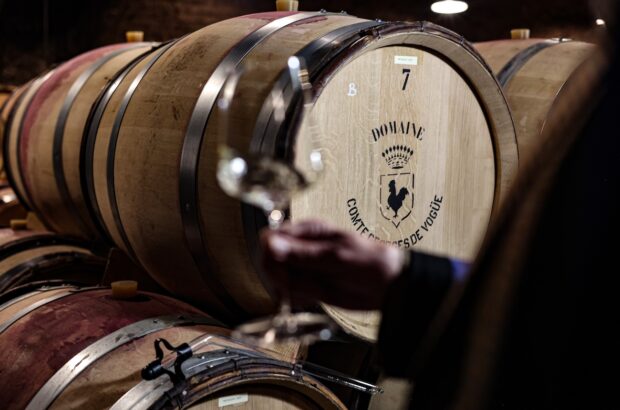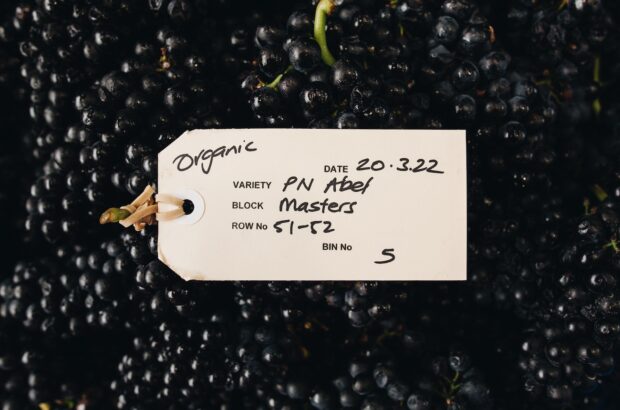For centuries, pubs have been the backbone of our society, hubs and sanctuaries for connecting people and communities. There’s something so quintessentially British about sitting in a pub garden in the sunshine, or in a comfy chair next to a roaring fire, I don’t think it can be replicated beyond our shores.
It’s been 10 years since my first cookbook Proper Pub Food came out, and this new book invites you into my Pub Kitchen today. It’s a continuation of that first book and a celebration of how far we’ve come as a culinary nation. British pub food has become so strong over the past decade or so, and it’s been really exciting to see.
I’m so proud to be part of such an eclectic and continually evolving food scene. Wherever you are in the country, you can find fantastic local gastropubs with super-tasty dishes on the menu.
Onglet steak with green peppercorn sauce
Onglet (also called beef skirt or hanger steak) is prized for its flavour, but you’ll need to time the cooking carefully as it can become tough if overdone. The steak goes really well with this peppery, creamy sauce flavoured with brandy, herbs and spinach. The brilliant, vibrant colour is also something truly special.
Serves two
Ingredients
- 2 onglet steaks (200g each)
- 1 tbsp olive oil
- 2 tbsp butter
- salt and freshly ground pepper
For the green peppercorn sauce
- 1 banana shallot, finely chopped
- 2 tbsp green peppercorns
- 2 tbsp brandy
- 100ml beef stock
- 1 tbsp Worcestershire sauce
- 1 heaped tsp Dijon mustard
- 2 sprigs tarragon, finely chopped
- 1 tbsp chopped chives
- 75g baby spinach (2 large handfuls), roughly chopped
- 200ml double cream
Method
1. Take the onglet steaks out of the fridge 30 minutes before you intend to cook, to bring them to room temperature. Drizzle them with the olive oil and season.
2. Heat a medium non-stick frying pan over a high heat. When it is smoking hot, place the steaks in the pan and cook for 2-3 minutes on each side, depending on their thickness. You want a deep brown crust on each side and the steaks should still be springy to the touch.
3. Take the pan off the heat and add the butter to it. Baste the steaks with the melted butter for 2 minutes, keeping the pan off the heat. Transfer the steaks to a warmed plate, spoon over half of the pan juices and set aside to rest in a warm place.
4. Meanwhile, place the frying pan back over a medium heat, add the shallot and sauté for 2 minutes. Stir in half the green peppercorns along with the brandy and simmer until the liquor is totally reduced. Now pour in the beef stock and simmer until it is reduced by half. Add the Worcestershire sauce, mustard, herbs, spinach and half of the cream. Stir well until the spinach is wilted.
5. Transfer the sauce to a small food processor and blitz until smooth. Pour this back into the pan and add the remaining green peppercorns and cream. Stir well over a medium heat for 1 minute then remove from the heat. Pour any resting juices from the steak plate into the cream sauce and stir well. Season with salt and pepper to taste.
6. Carve the onglet steaks into thick slices. Spoon some sauce on to the warmed serving plates and pour the remaining sauce into two small jugs. Lay each sliced steak on the pool of sauce. Serve at once, with the extra sauce, chunky chips and/or green beans.

Extract taken from Pub Kitchen: The Ultimate Modern British Food Bible by Tom Kerridge (£27 hardback, Bloomsbury Absolute, September 2023)
The wines to drink with onglet steak with green peppercorn sauce
The key to this pairing is not so much the cut of beef as the sauce. Green peppercorns may stand out as the headline ingredient but there are many other flavours: brandy, beef stock, mustard, tarragon, chives, spinach and – and this is significant – quite a lot of cream, which will temper the spiciness of the peppercorns. I’d be tempted to go for a full-bodied red Burgundy from a warm vintage or a similar Pinot from elsewhere – Oregon, maybe, or Central Otago – but you could serve a fleshy Bordeaux – maybe a St-Emilion satellite. (I tend not to field peppery Syrahs with peppercorn sauces as one cancels out the other.) If you wanted to play to the cut’s humble origins you could serve a rustic red like a Marcillac or maybe even a Mencía. I wouldn’t be averse to a good cool-climate Chardonnay either, particularly with the tarragon, mustard and cream, though that may well offend traditionalists. An occasion, though, where you can serve white wine with red meat.
By Fiona Beckett
Wines selected by our Decanter experts












